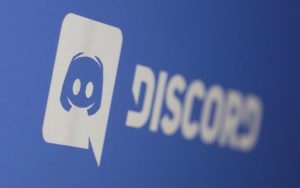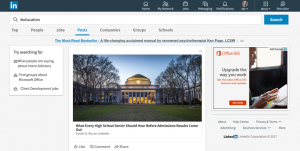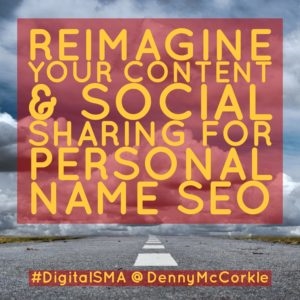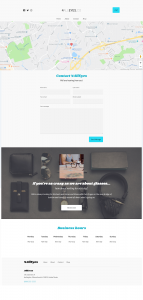Since the beginning of 2022, the tech industry has laid off more than 78,000 employees, according to tracker Layoffs.fyi, with startups and Big Tech firms alike (including Snap, Tesla, Coinbase, TikTok, and Twitter) aggressively thinning ranks. While many of the affected workers have already shuffled, or will, into roles with competitors, there are indications that a growing number of Big Tech expats are finding greener pastures in a previously unexpected place: Big Pharma. There, say recruiters and industry analysts, demand for tech talent is surging, with data science and machine learning skills topping recruiters’ wish lists.

With the first batch of AI-designed drugs moving through clinical trials, drug makers are doubling down on their investments in that area—and waging a war for talent. As recently as July, nearly 43% of pharma companies were hiring for at least one AI position, according to business intelligence firm GlobalData. Some companies were hiring considerably more. Between July 2021 and July 2022, Johnson & Johnson posted nearly 2,500 AI-related job openings; AstraZeneca, more than 1,000 AI jobs; and Takeda, Novartis, and Pfizer each sought to fill 600-plus AI roles. In total, AI jobs accounted for 7% of all new job postings at pharma companies in July 2022, according to the GlobalData analysis, compared to 2% a year prior.
“Demand for AI and data science has really grown over the last three to five years,” says Alec Rahman-Jones, managing director of recruiter Phaidon International’s New York City office, which places talent with both life sciences firms and traditional technology companies. “We’re starting to see a lot of synergies, and specifically a lot of crossover of tech talent to R&D and clinical-phase work—as well as on the commercial side of things, as companies [increasingly] conceive of data as a selling product.”
Amy Flynn, national life sciences leader at Grant Thornton—an accounting and advisory firm that works with most of the largest pharma and medical-device companies—sees two major trends that require more diverse expertise in these companies. First is the sheer amount of data they are hoping to make sense of. Clinical trials have always generated plenty of data, but now there’s also a growing trove of “real-world evidence” that’s being collected from patients who are taking already approved medications—data, which new Food and Drug Administration (FDA) guidelines say can be used by companies to accelerate approval of new uses for the drugs. “That’s driving the need for different kinds of analyses, different ways of thinking about and using data,” says Flynn. Second, she says, “there’s more of a technology spin” to the products themselves. “Compared to historical research and development, you need people with different experiences and backgrounds,” Flynn says. “Many of the firms we work with have for a few years been trying to recruit—especially for more senior level IT types—from outside [the industry] or from smaller biotechs.”
Eric Celidonio, founder and managing partner at Boston-area Sci.bio Recruiting, also sees Big Pharma companies and biotechs alike making a push for automation. “Every company wants new robotics platforms,” says Celidonio. “About 20% of all the jobs we fill now are purely focused on informatics, data science, or robotics applied to some facet of science.” As more drug development is done computationally, traditional “wet lab” skills are less needed. “Five chemists can be replaced with half a chemist and a data team,” he says. “The ratio of tech jobs [in pharma] will only go up.”
Those who make the leap from tech to pharma can experience a bit of culture shock. The heavily regulated industry can be frustratingly slow for people used to moving fast and breaking things. Says Flynn: “The culture is still the culture, and it’s not that easy to come in and act in a different way.” While there’s good pay in both industries, Big Tech still tends to be more flexible with things like remote working, says Rahman-Jones: “We need to explain [to pharma companies] that they need to be more flexible to get the tech talent they want. And some are more open now to hybrid work, or offering free lunches.”
But for many, the work is just more meaningful. “Helping a new treatment go from Phase 2 to Phase 3 is quite different from selling apps,” says Rahman-Jones. “We’re seeing people who five years ago might have taken their data modeling skills to Facebook or a bank, going to biopharma companies now.” And, right now, if you’re a candidate with the requisite skills, he says, “It’s absolutely a seller’s market.”
(16)









